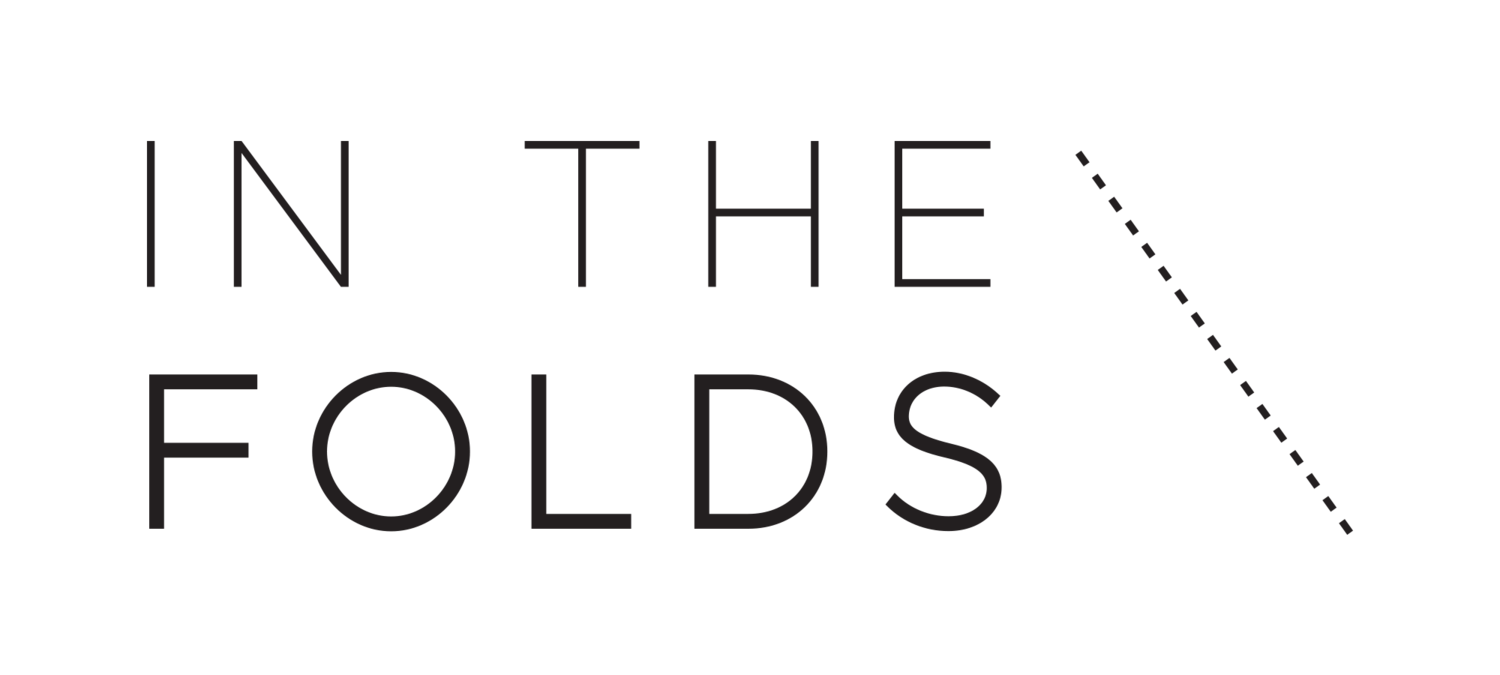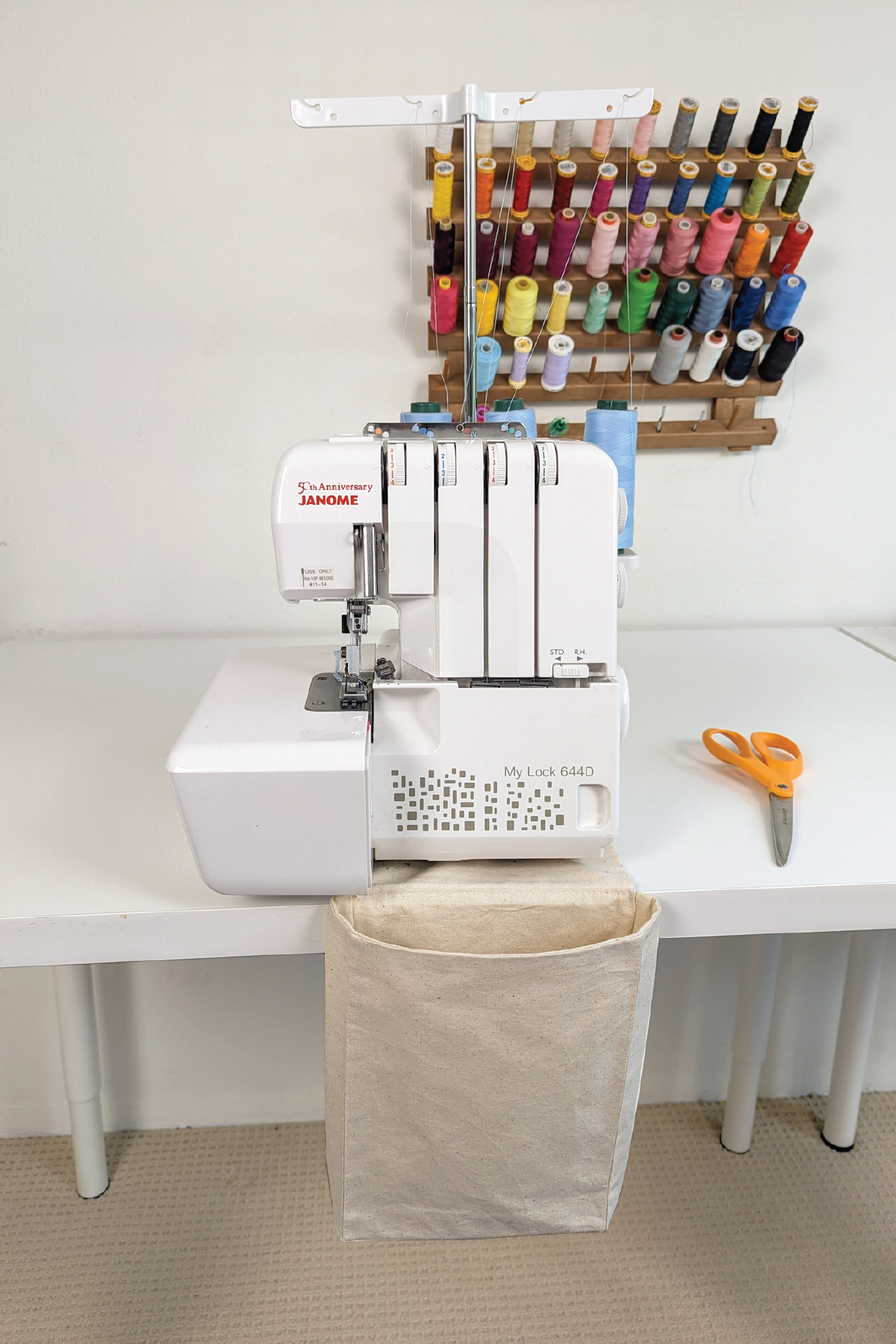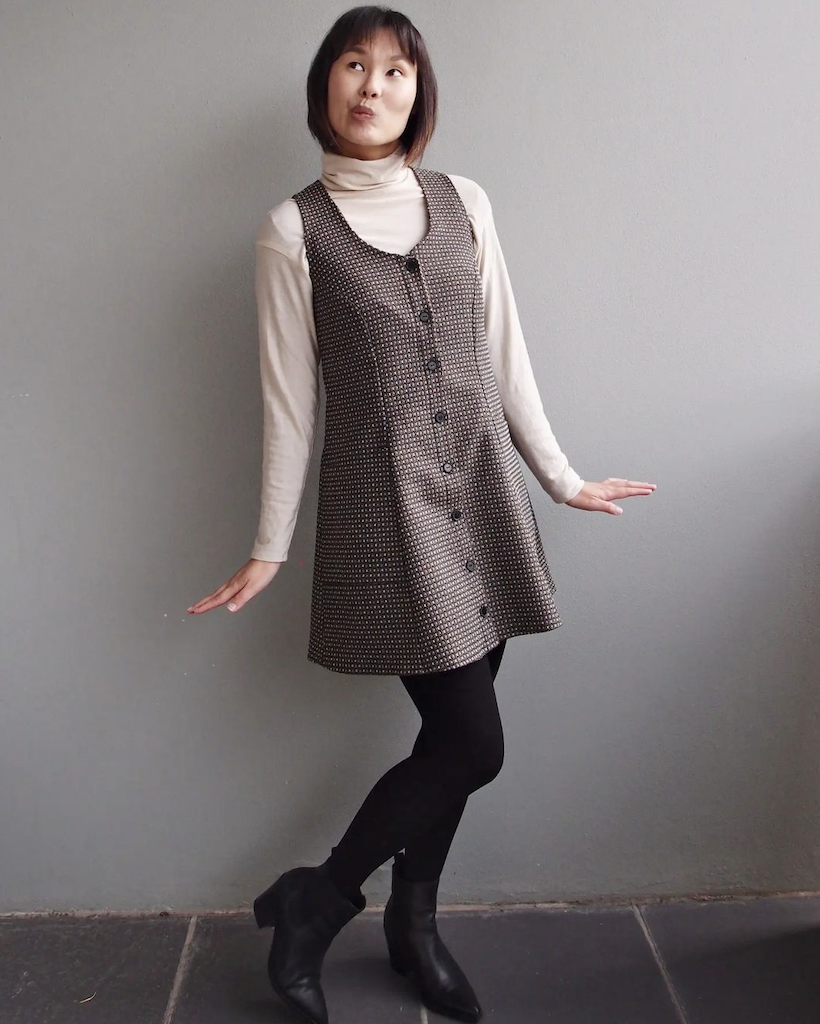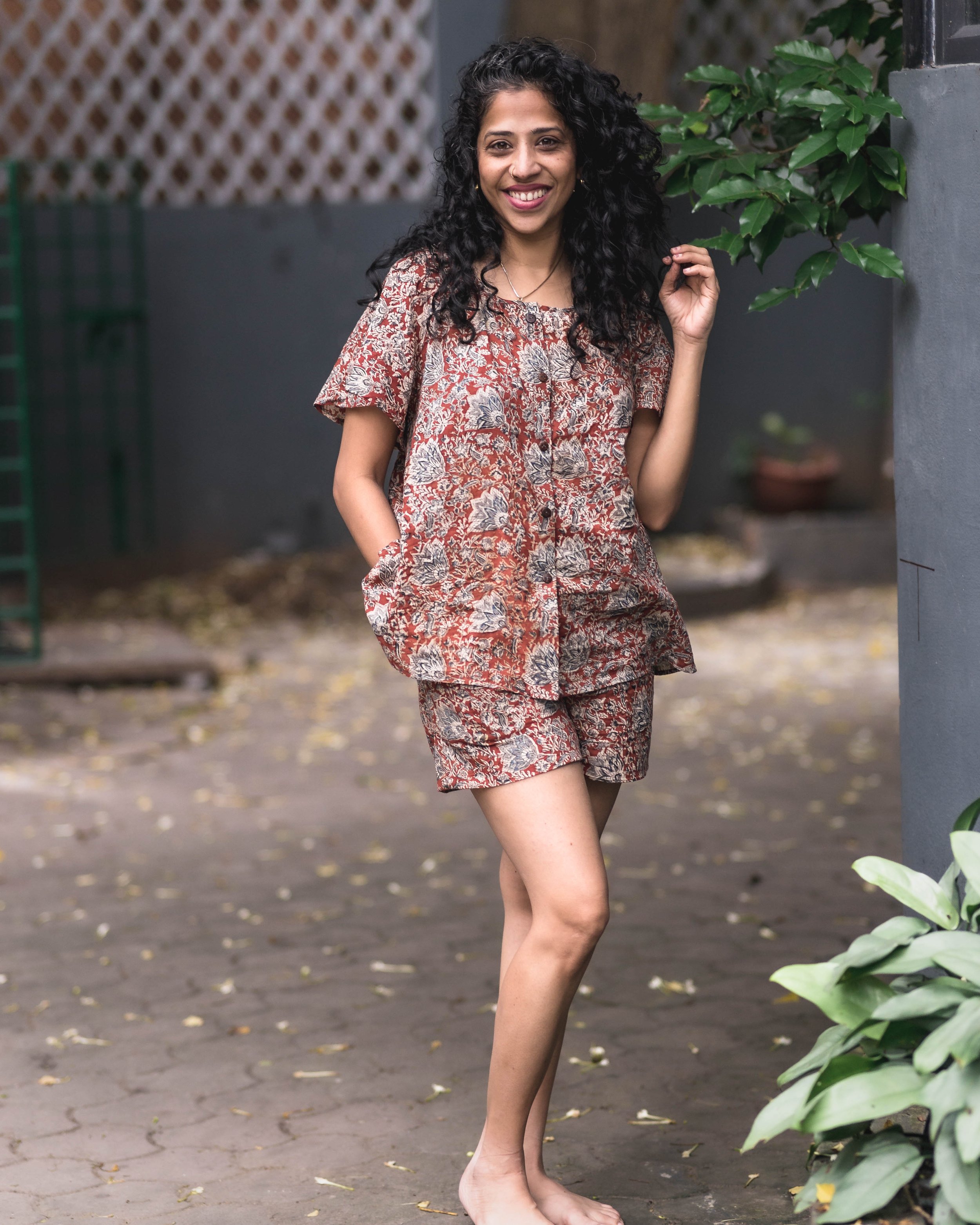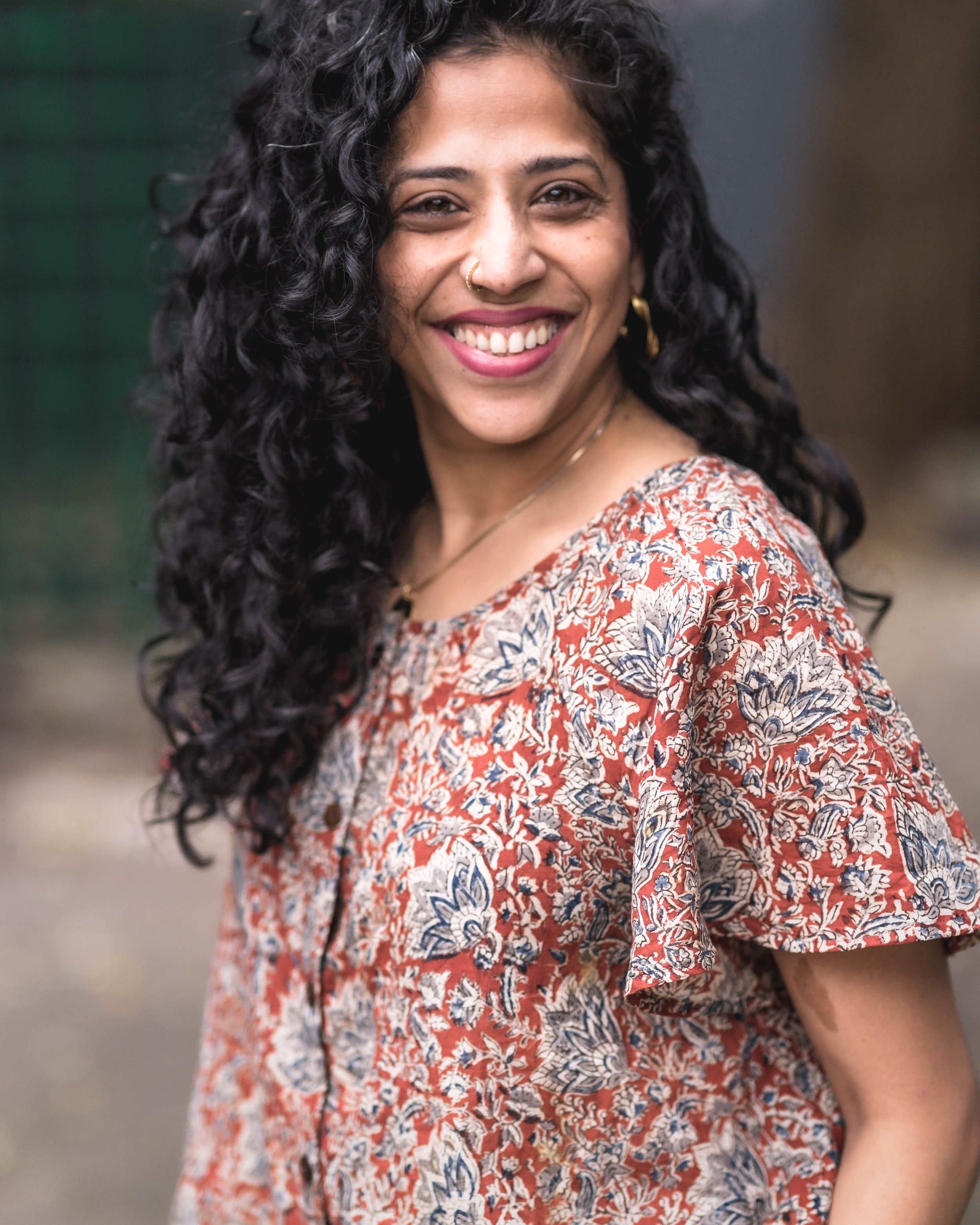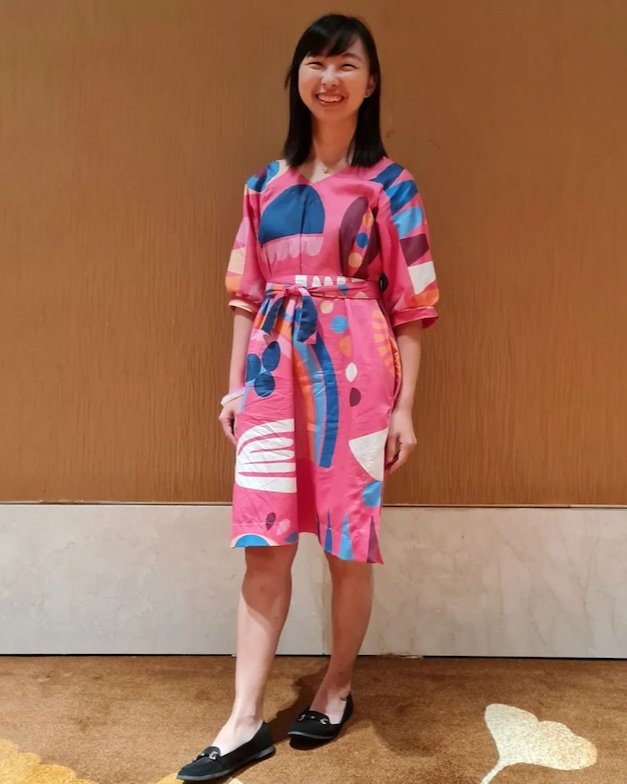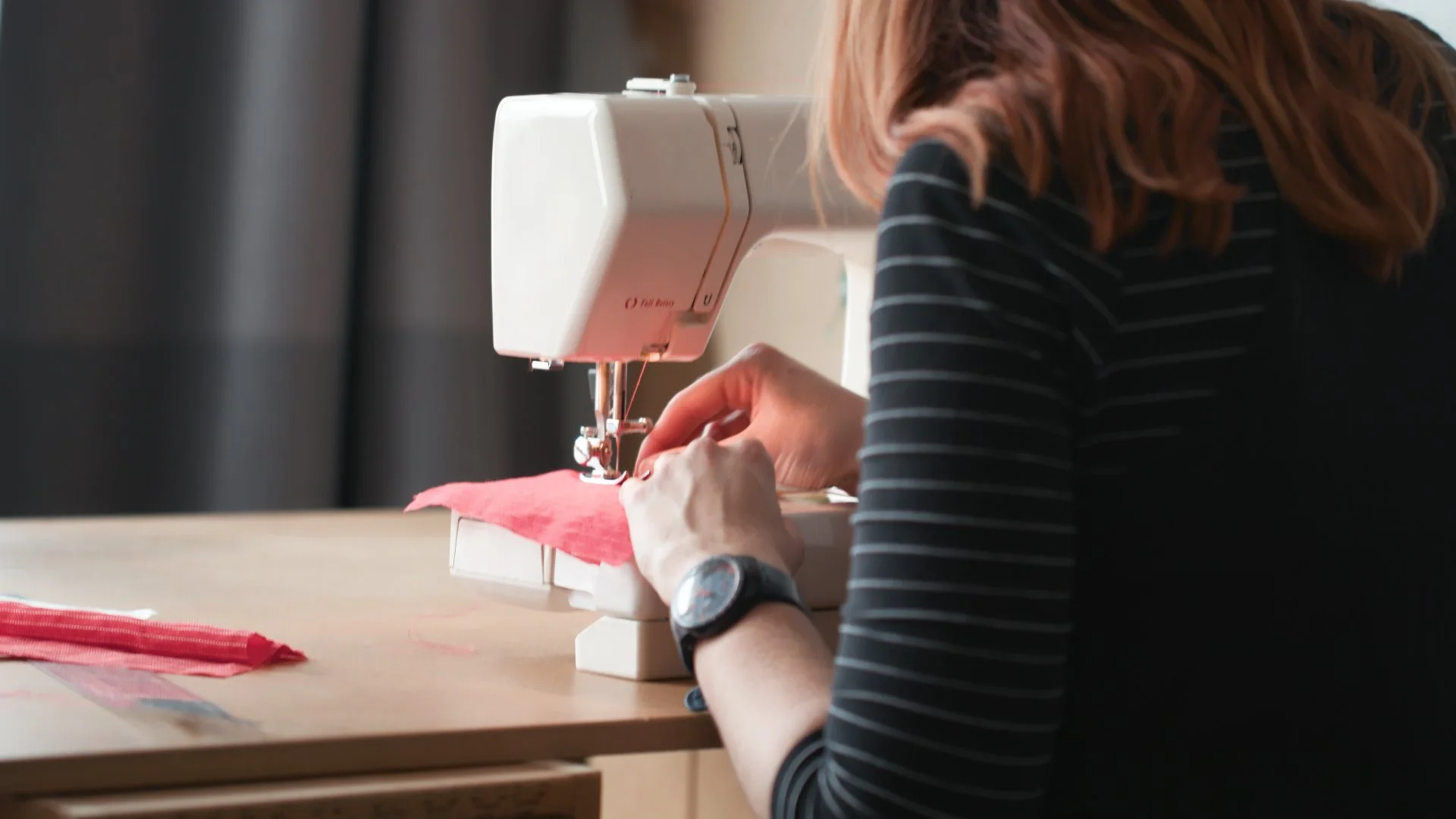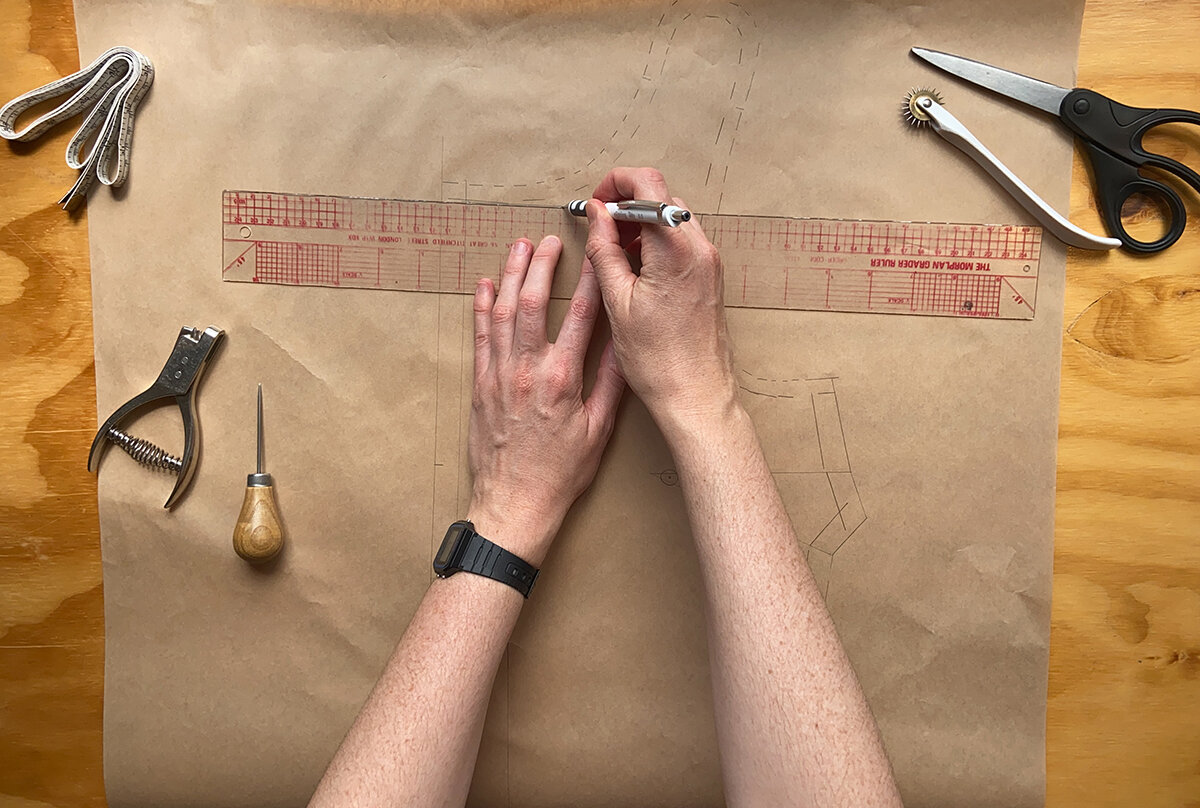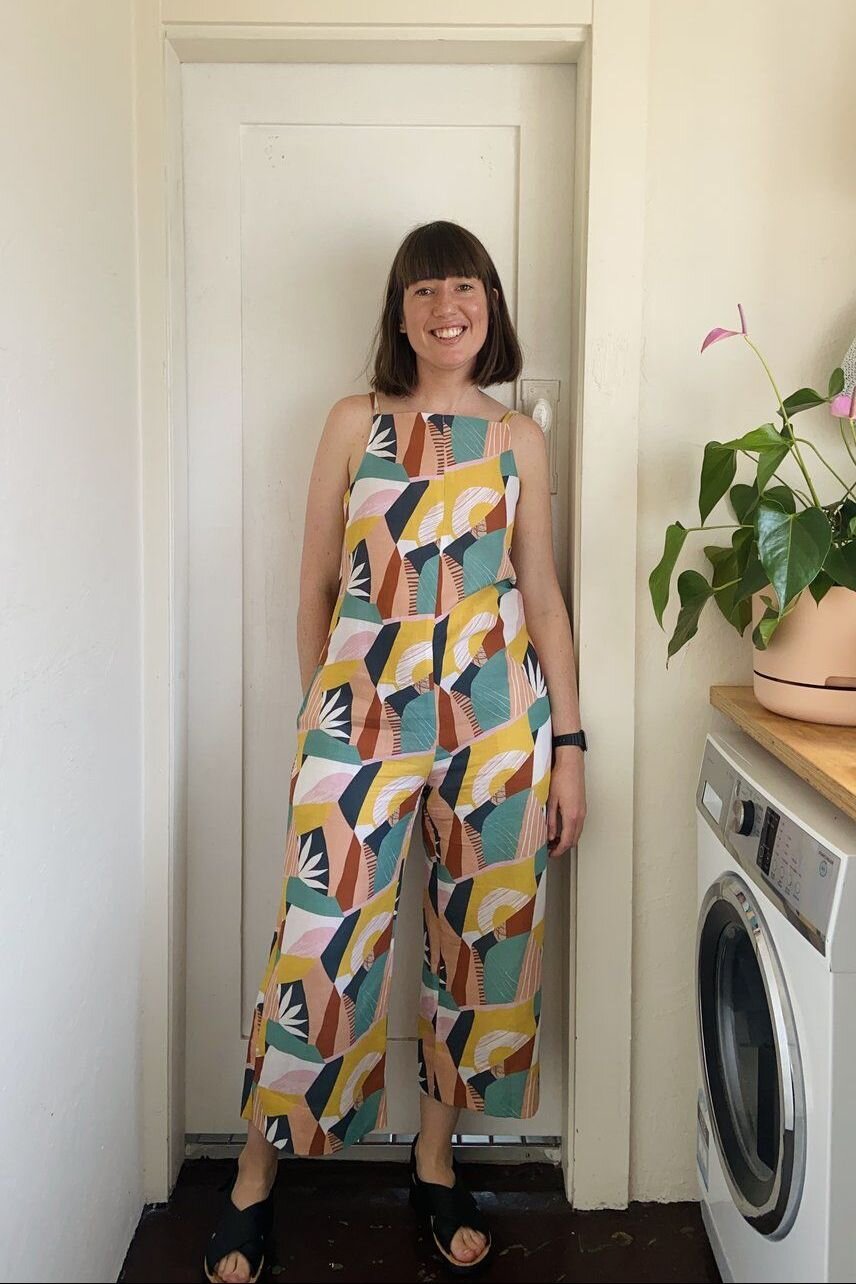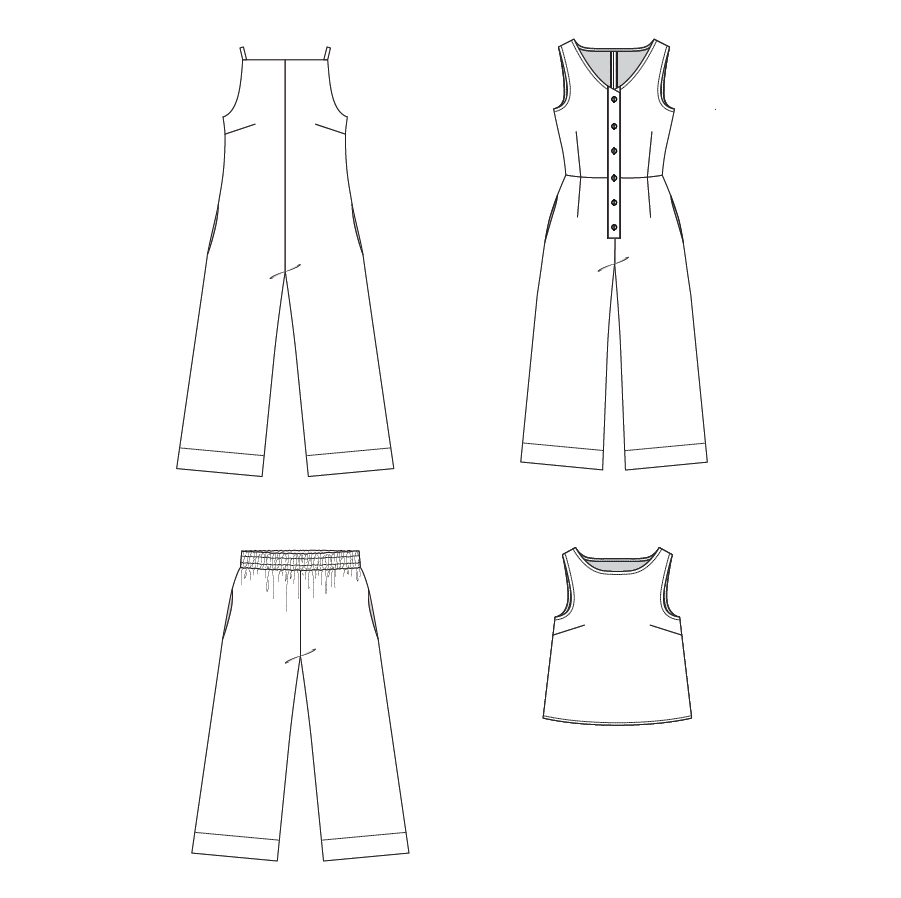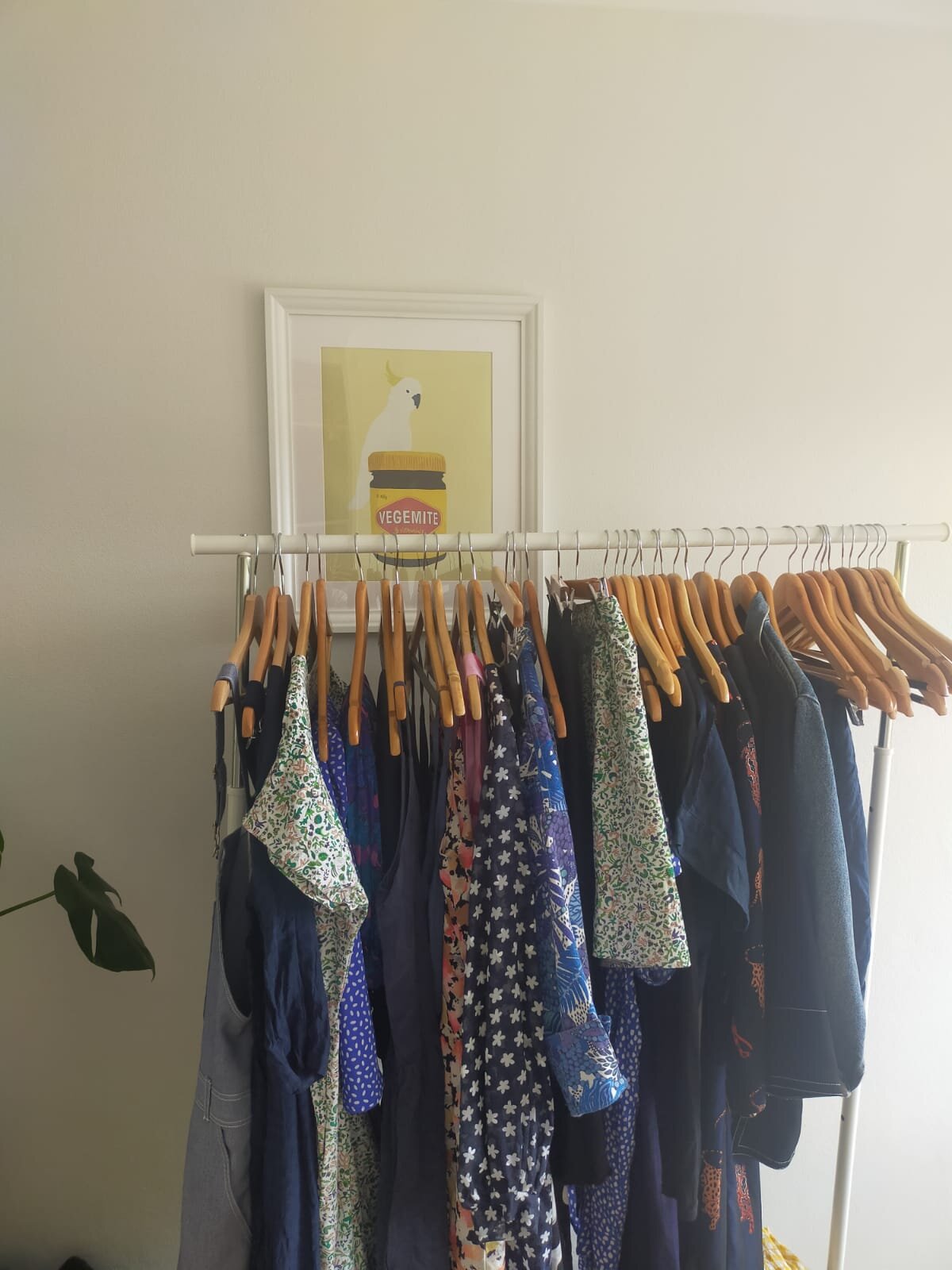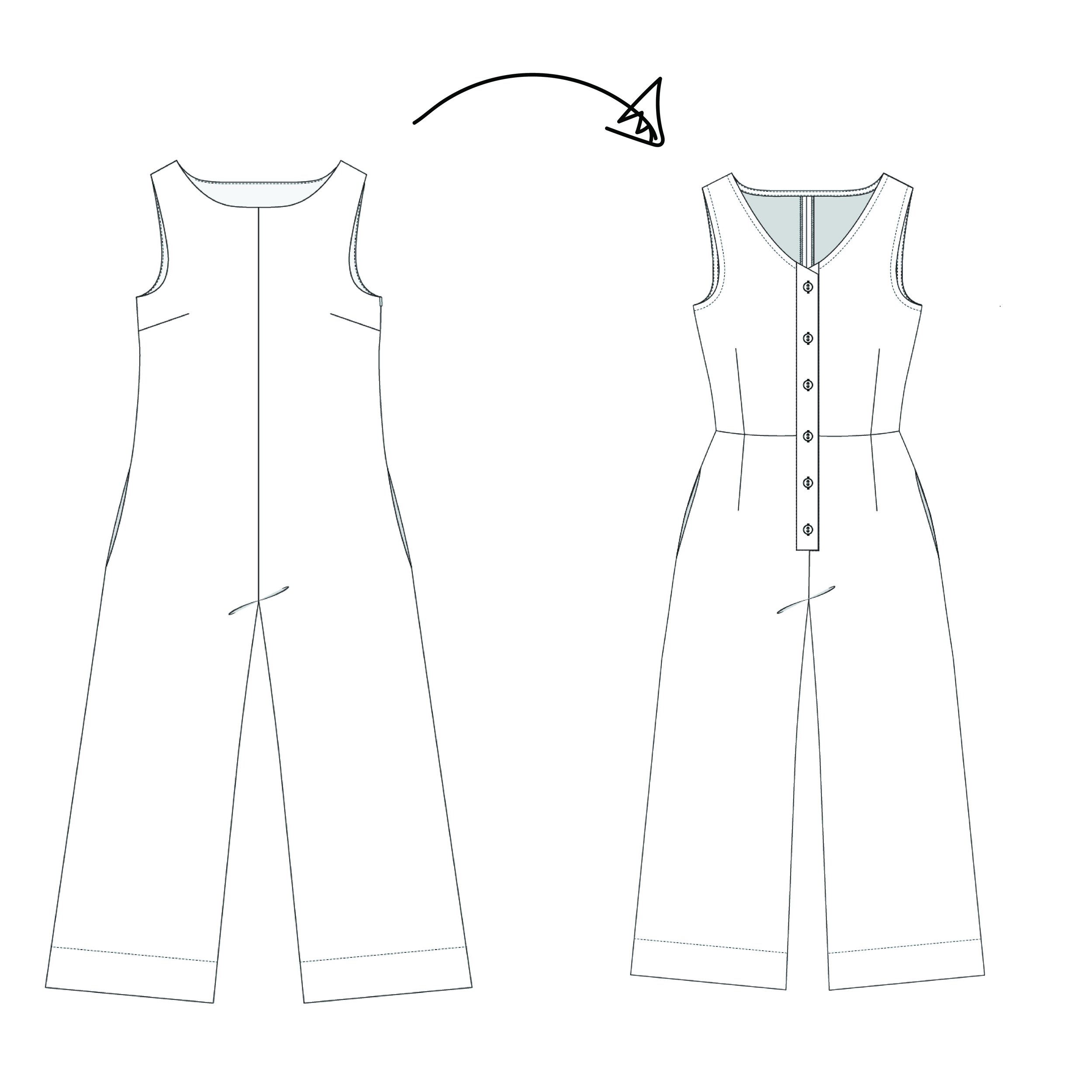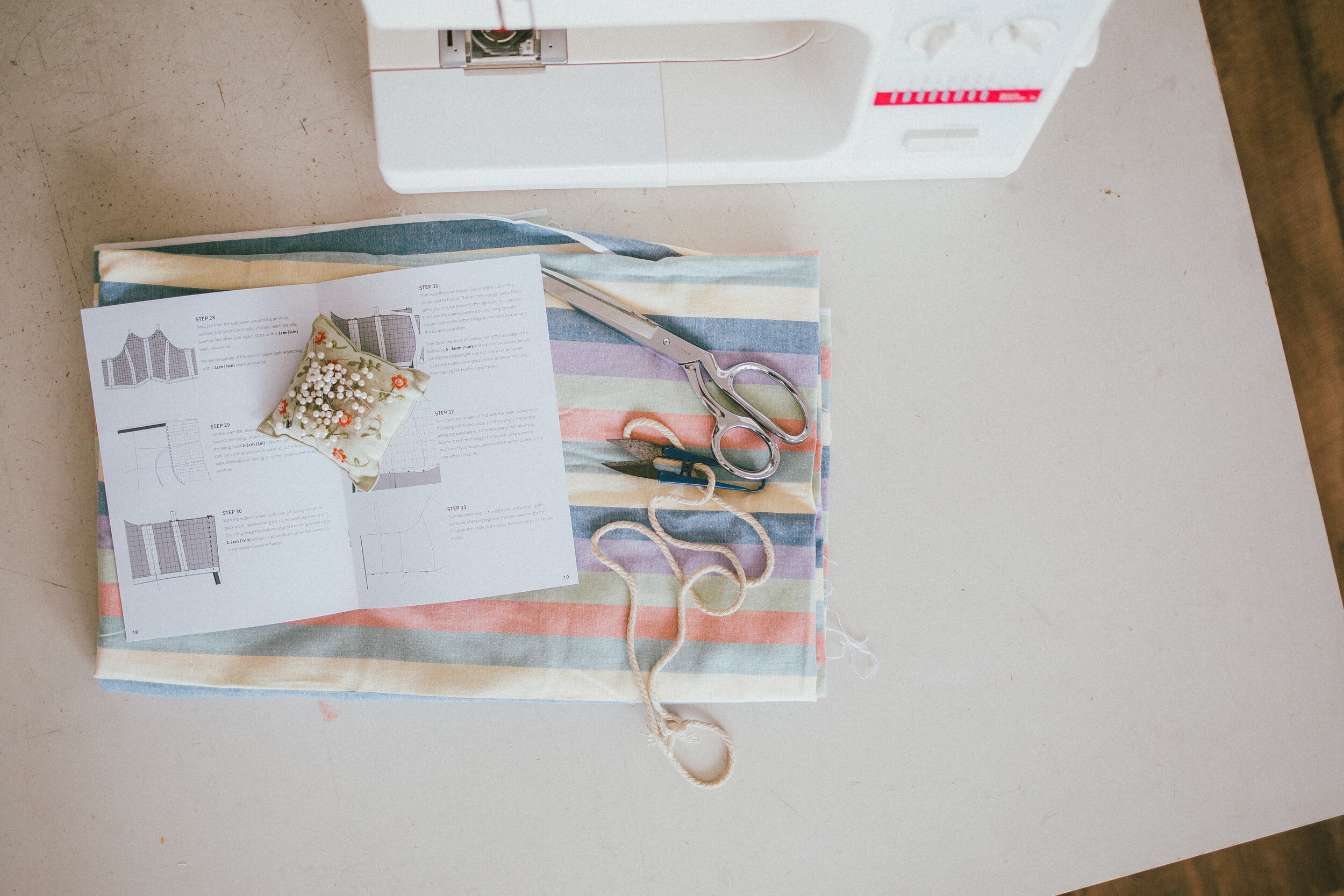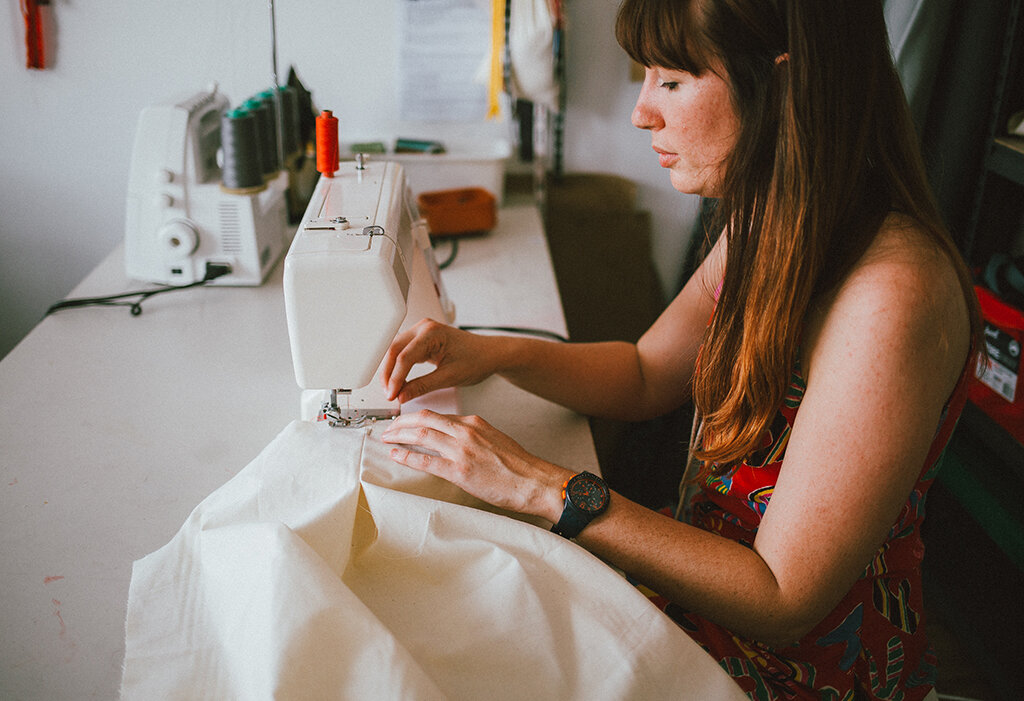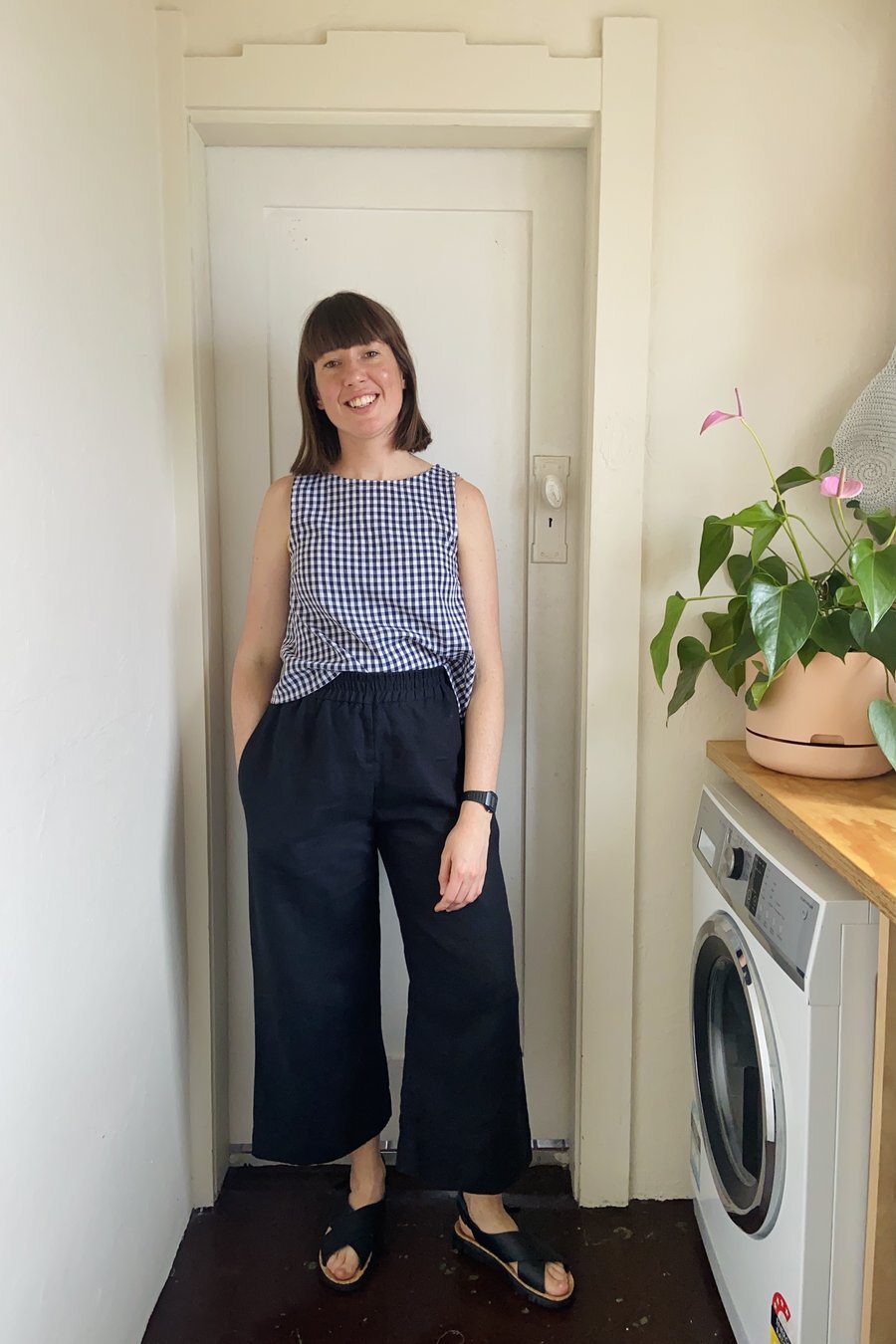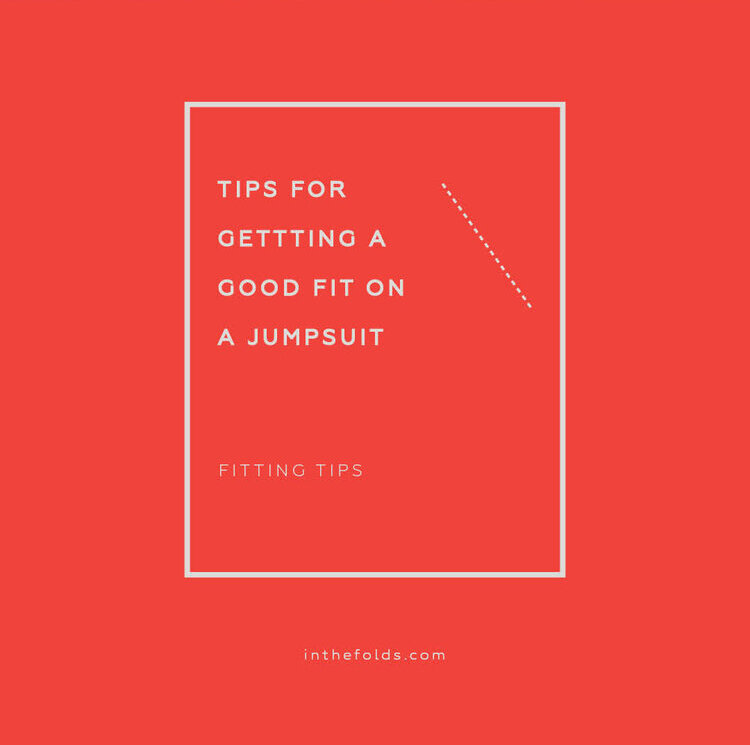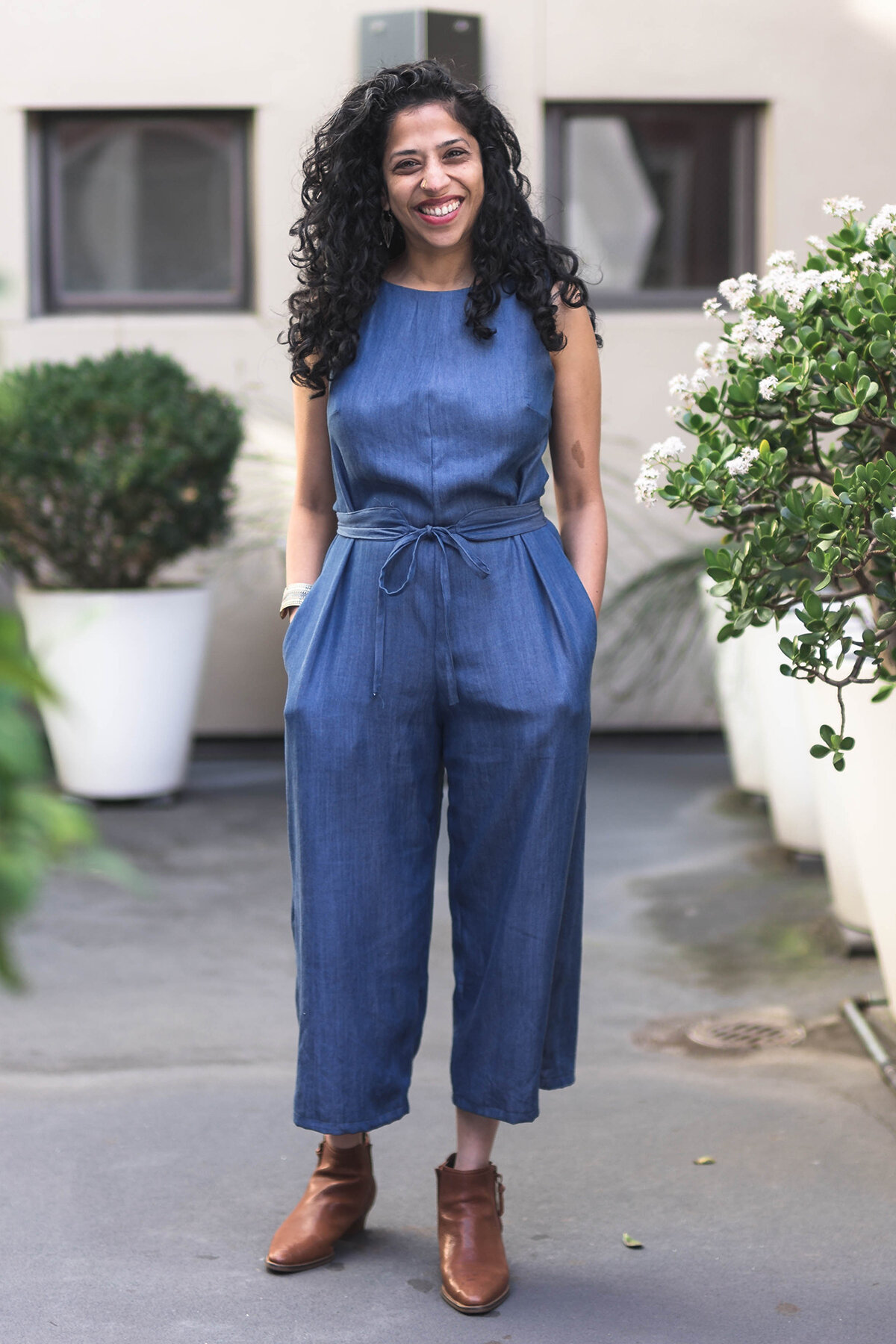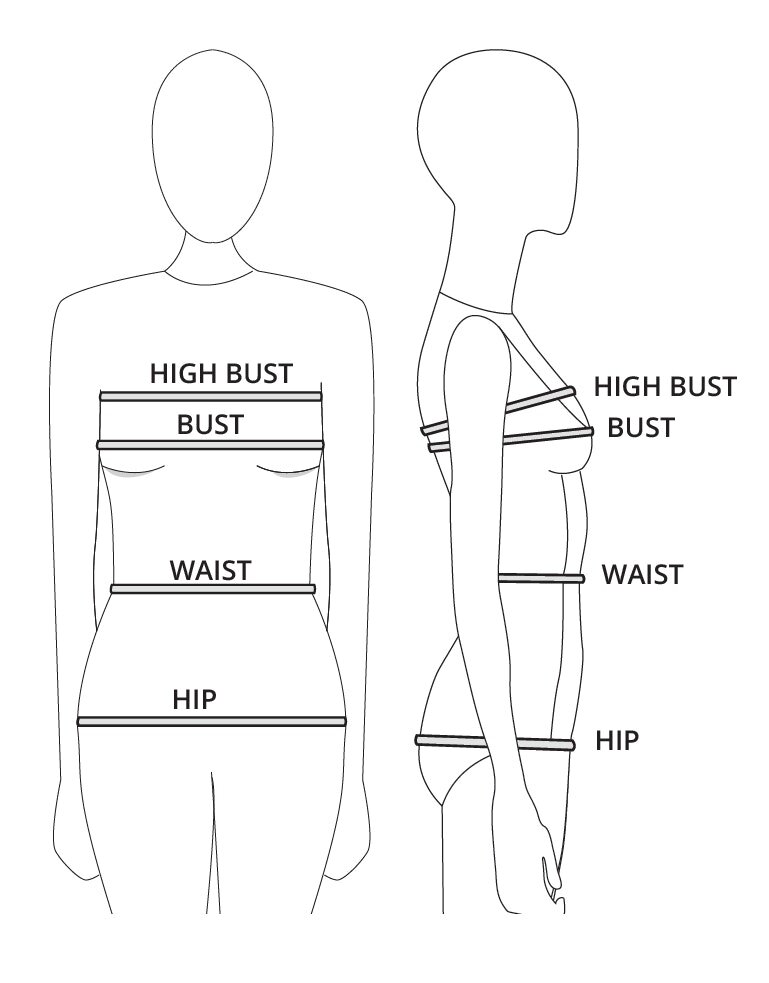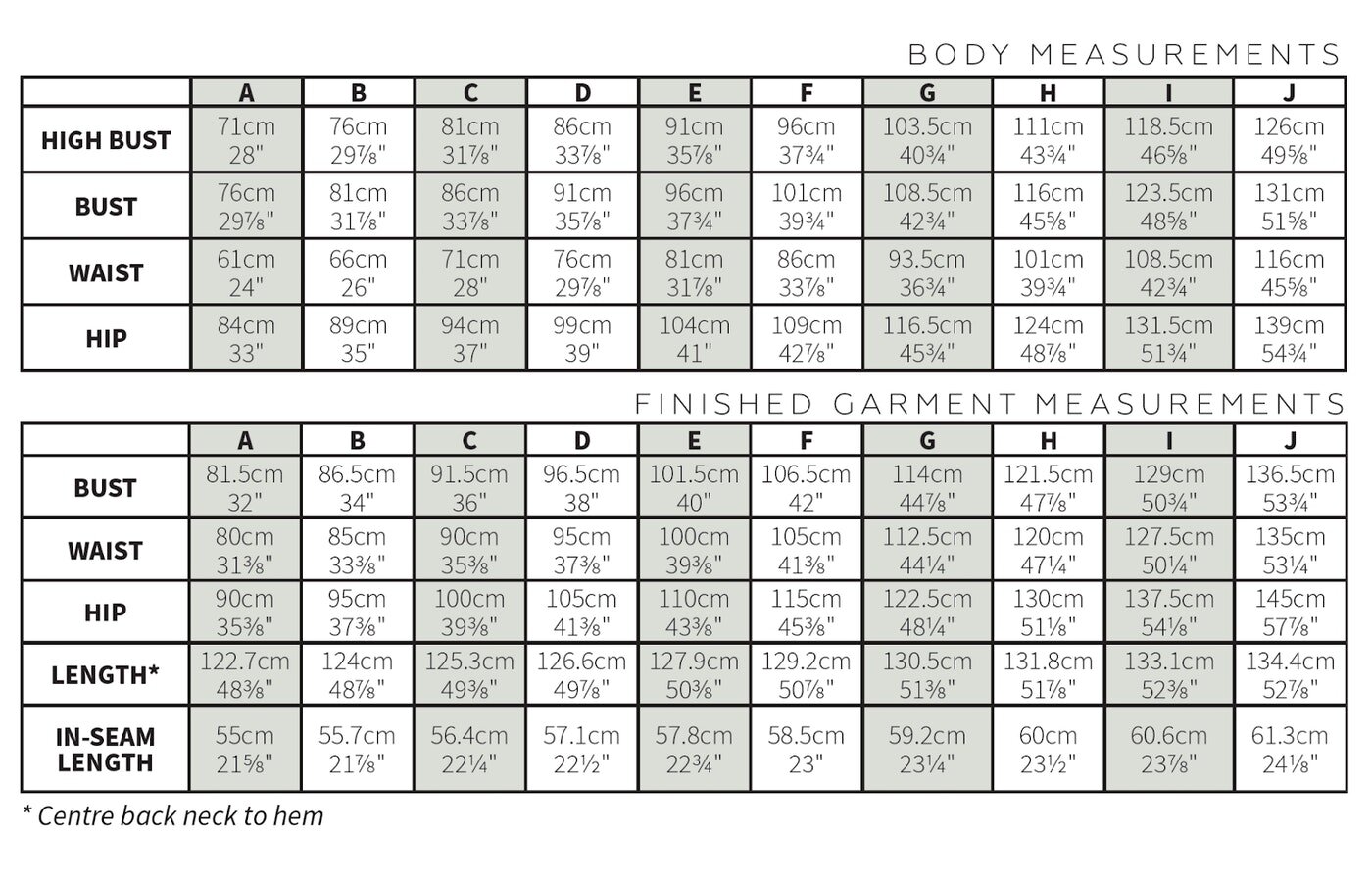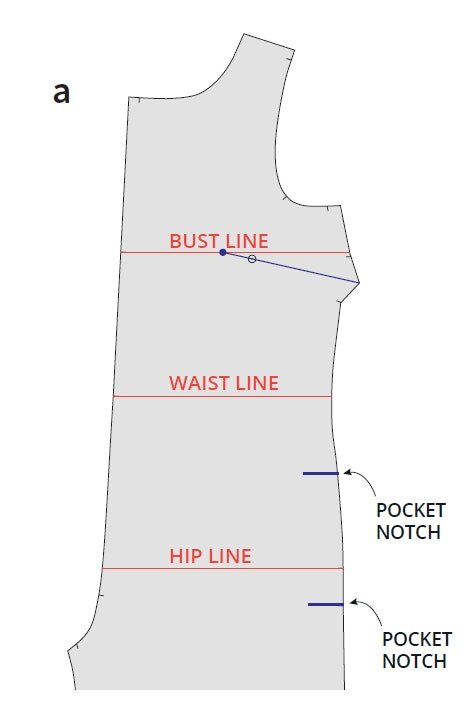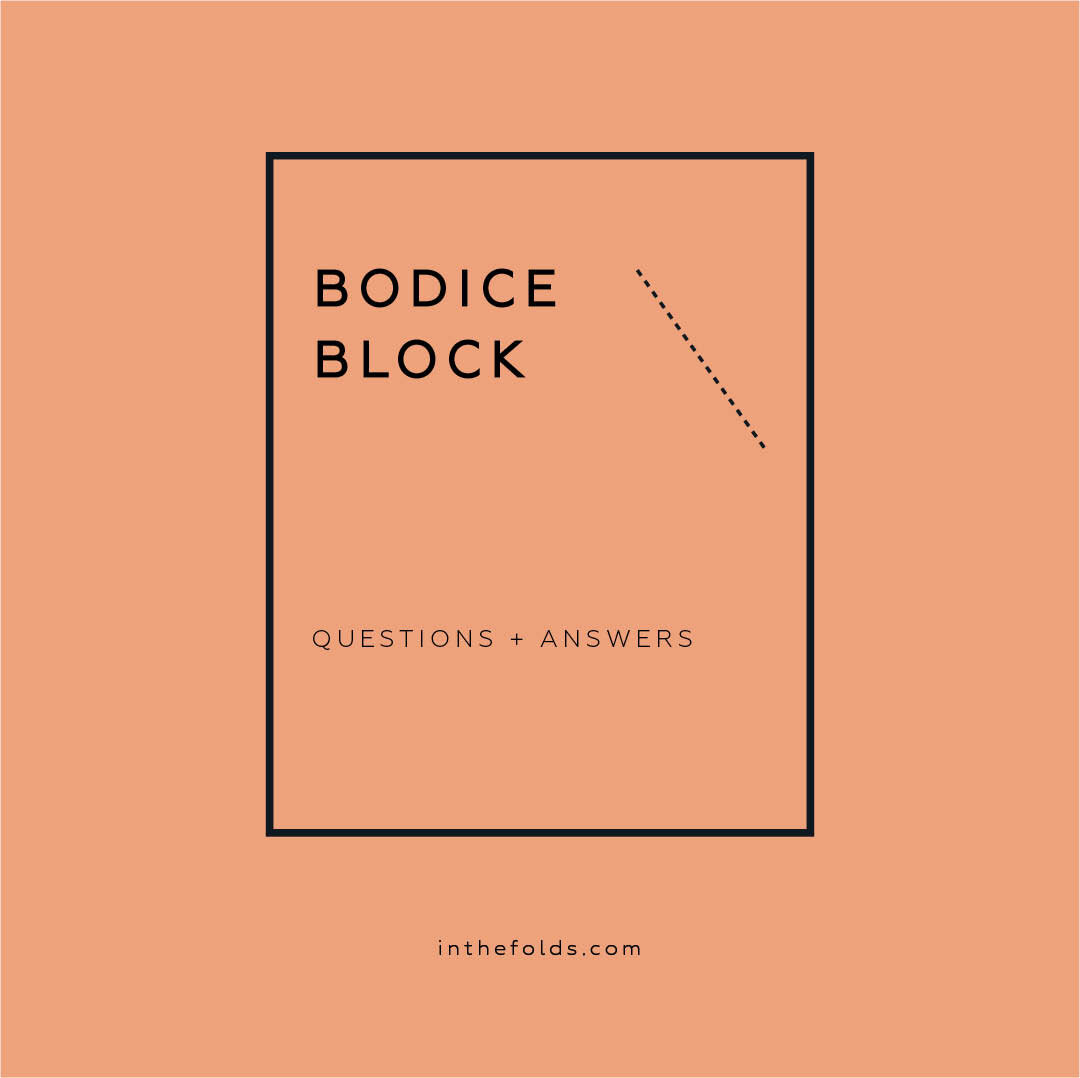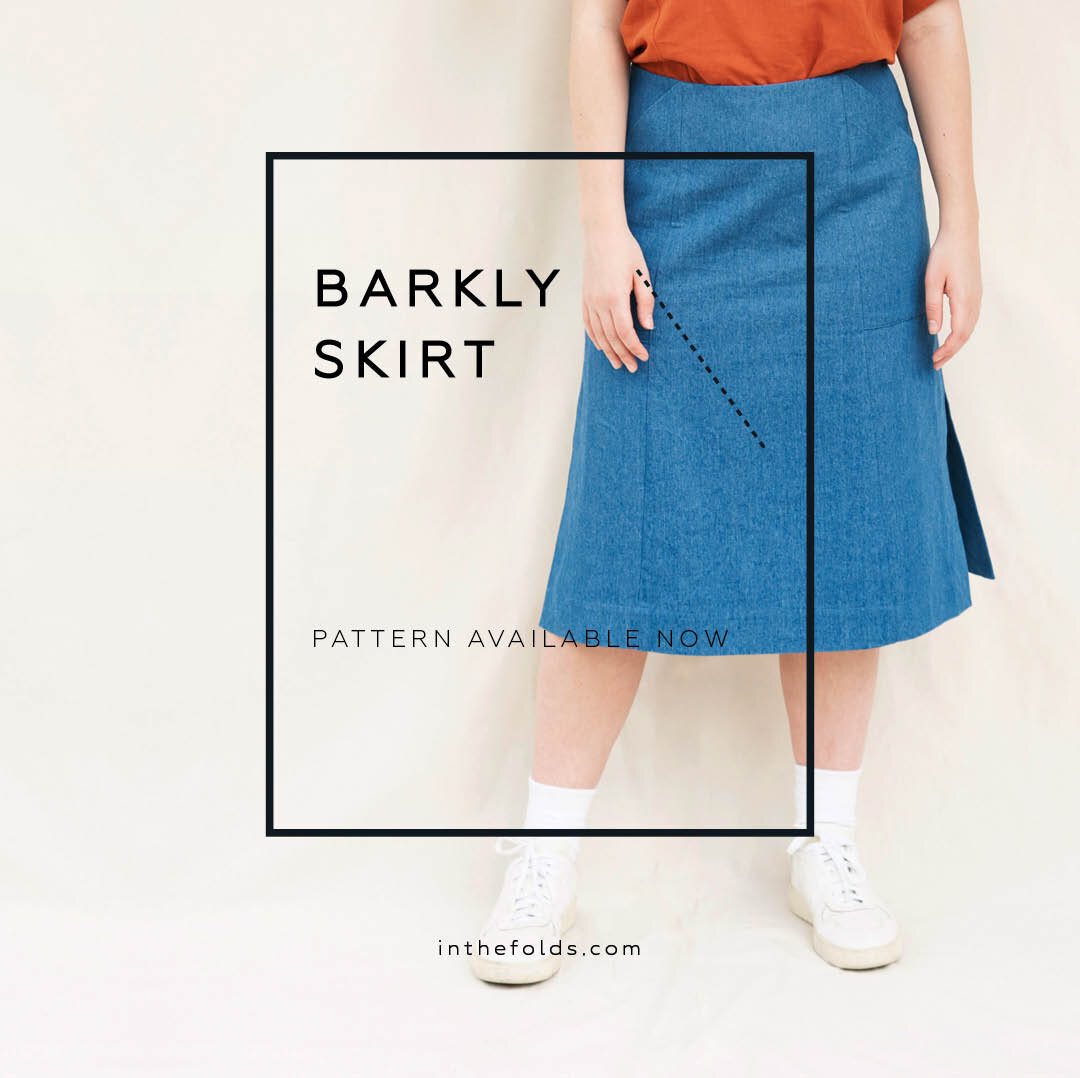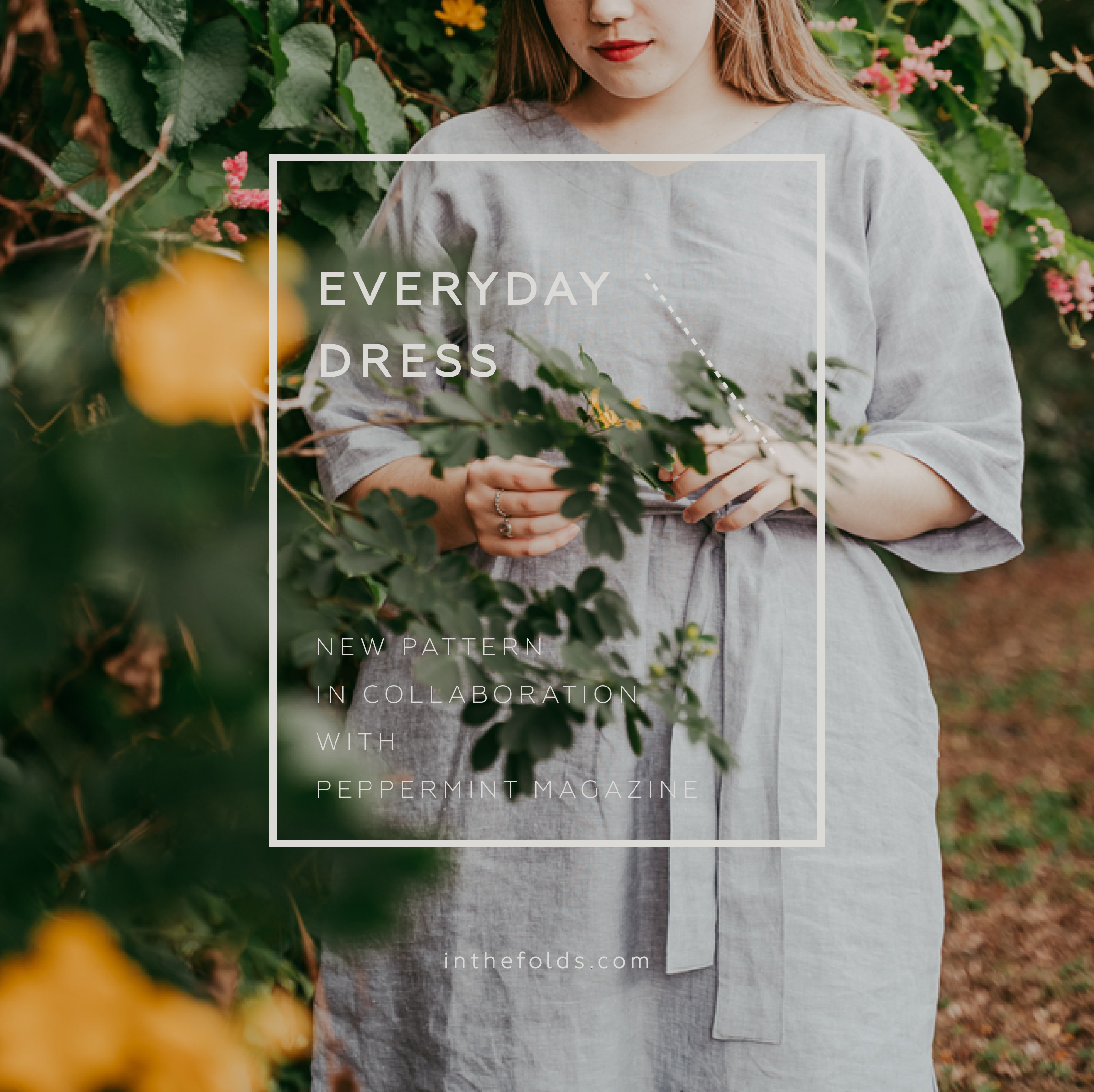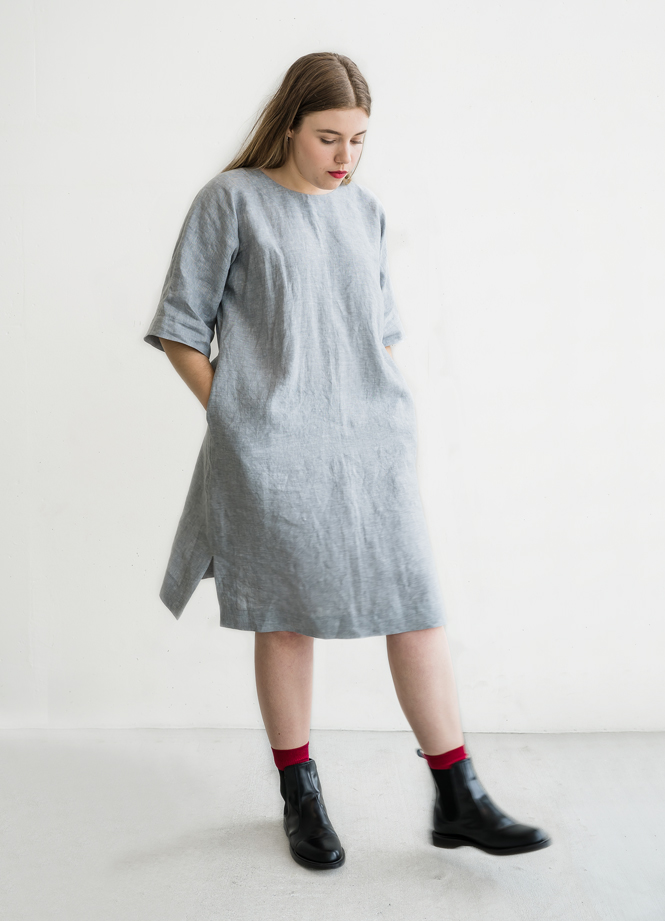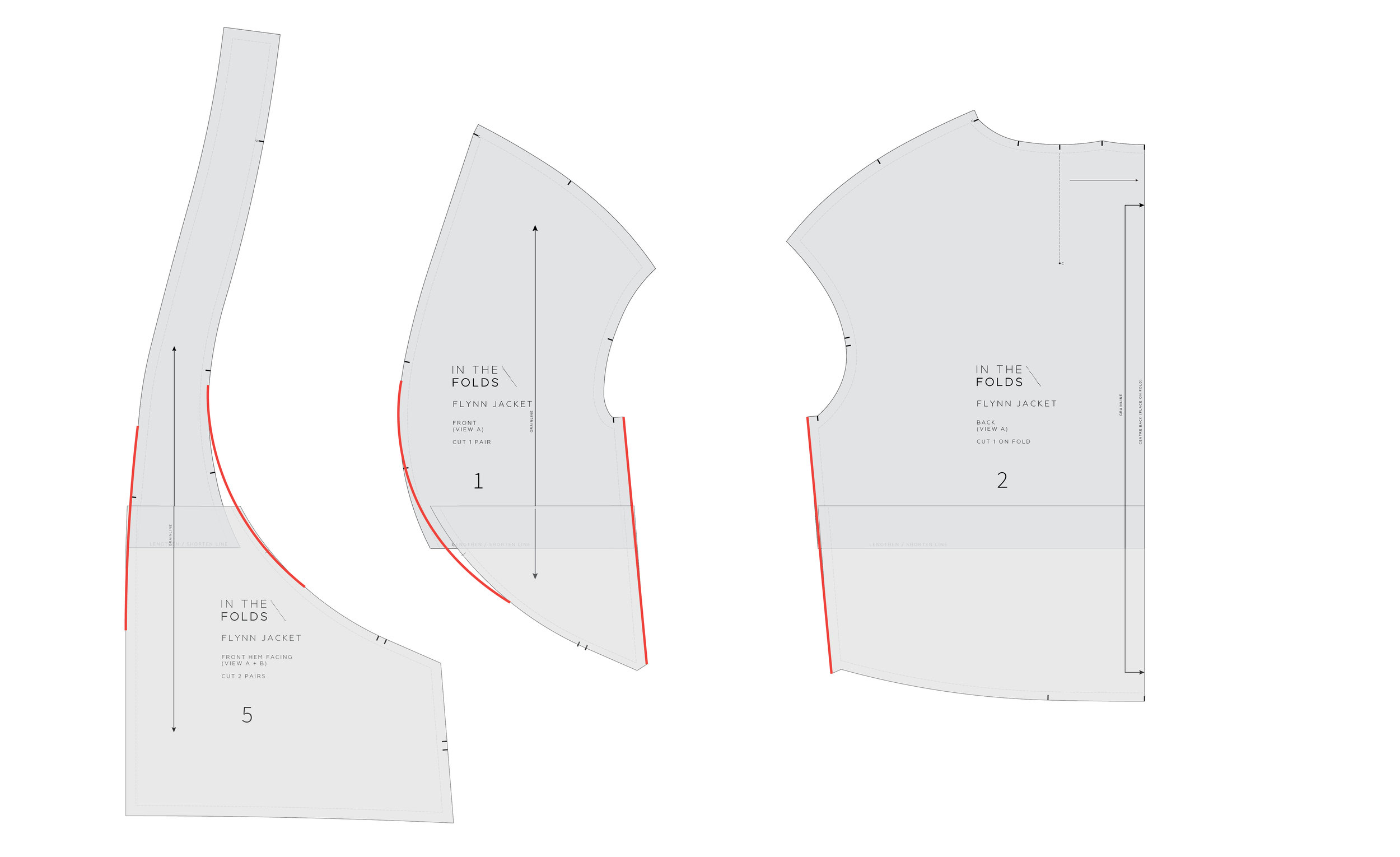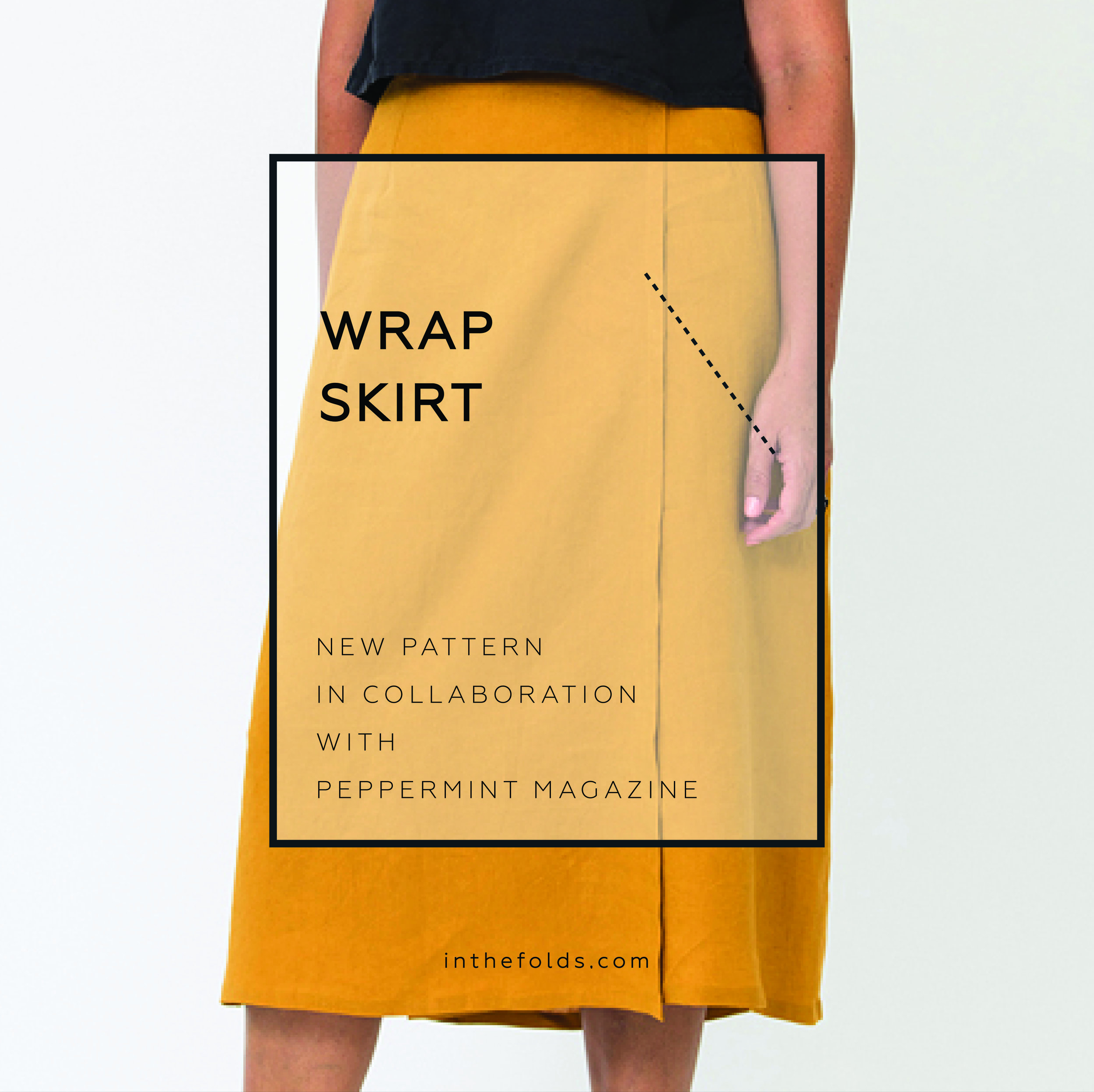Do you love the start of a new year as much as I do?
I love to reflect on the year that's passed, but there's nothing like the feeling of refreshing and opportunity a new beginning brings. And I particularly love the excitement of making ambitious creative plans for the months ahead!
Both Emily and I recently changed studios spaces and we have seen firsthand how impactful a sewing space can be on our motivation and ability to sew, which has inspired this month's Curated by ITF project, Organise Your Space.
THREE LITTLE PATTERNS THAT MAKE A BIG DIFFERENCE
When you're setting up or rejigging a sewing space it's easy to get distracted by the BIG things - tables, chairs, shelves and the like. But as we set up our new sewings spaces last year we realised how impactful the little things can be and that we really shouldn't discount them.
That's why we included three sewing room accessory patterns with this month’s Curated by ITF Issue. If you don't have the time or the money (or even the inclination!) to make big changes to your sewing space, these three little patterns will have you feeling just a wee bit more organised in just a short amount of time and with very little financial investment. In fact, they’ll even help you use up some of those fabric scraps we KNOW you’ve got lying around!
the sewing accessories you need (and want!)
One thing we’ve noticed is that makers will often use what’s at hand as a temporary measure to meet a need. Tinned food for pattern weights, clip-seal bags for pattern storage. You know what we’re talking about, right?
And while it’s perfectly acceptable to make-do like this, we’ve found that there will inevitably come a time when you’ve eaten all the tinned tomatoes or the clip-seal bag gets a hole in it… So we wanted to create some alternatives to those items we’re ‘temporarily’ (forever) using.
Our beautiful Project bag replaces crumpled plastic wallets and clip-seal bags.
Our cute Pattern weights replace tins of chopped tomatoes (or lentils or corn or tuna).
Our Overlocker Thread catcher replaces … well… scooping up all those scraps from the floor!
Did you know, you can actually join Curated by ITF just for the community?!
If you're looking to be supported, motivated and inspired through your sewing journey, but don't want the monthly projects, then our Curated by ITF Supporter tier might be just what you're looking for. You'll receive feedback and advice from other experienced makers and make sewing besties all over the world!
our design process
When we’re designing new projects, we start with a general idea of what we want the issue to be about, then we sit down together and decide the specific content that will be included. Emily and I chat through our thoughts and bounce ideas off each other until we’re happy with what to include.
For this month’s Issue, we had been separately thinking about what we wanted from a project bag, and when we started talking about it we realised our ideas were really aligned! We both wanted it to:
Be big enough to fit all of our projects in. 30 x 45cm had worked well for both of our current solutions.
Have a pocket to hold printed instructions.
Have a flap opening fastened by Velcro.
Have a clear pocket to label what’s inside.
Include a hanger tab for easy storage.
Then we spoke about different things we needed in our sewing space and came up with the pattern weights and thread catcher ideas.
As you know, we have a big focus on skill-building in Curated by ITF so we wanted to make sure that these patterns also provided us with an opportunity to learn something new, or practice and hone some skills we already have.
Even though these patterns might look simple, they will definitely help you continue to grow in your sewing practice. Specifically, we cover:
Sewing tricky corners. We've got lots of top tips to get a perfect corner. Our overlocker thread catcher is a great time to put this to use!
Sewing velcro. Something that’s not commonly used in garment clothing.
Sewing patch pockets.
Bagging out (sewing something and turning it inside out).
Hand-stitching to finish patterns (useful for sewing accessories and linings).
SMALL CHANGES, BIG DIFFERENCE
Sometimes a few small changes to your space can really refresh it and make you want to get back sewing, and that’s our intention with these three little (but very impactful and functional) sewing accessory patterns.
No matter how big or small your space, you can maximise it by getting clever with storage solutions like our Project bag.
We hope they help you help your future-self by setting up your sewing space so it’s easy to get started sewing next time.
Happy sewing,
Alys
